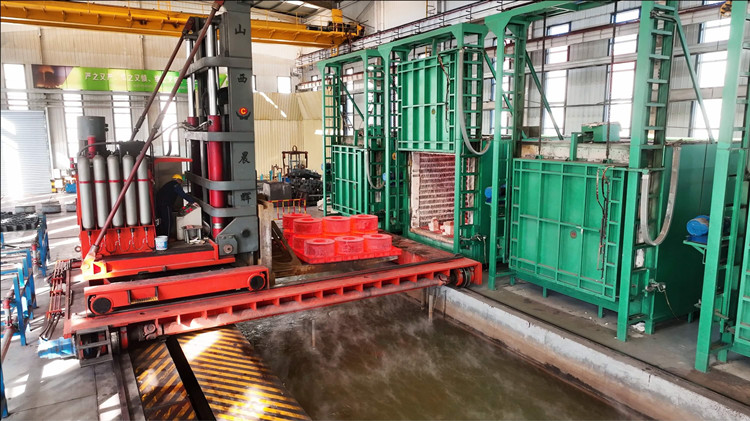- tyler@kirail.com
- +86 15603721115
In order to promote the spinning of metal blanks, reasonable measures can be taken to reduce deformation resistance and save equipment energy. Generally, the following approaches are taken:
1. Master the characteristics of forging materials and choose reasonable deformation temperature, deformation speed and deformation degree.

2. Promote the homogenization of material chemical composition and organizational state. For example, for large high-alloy steel ingots, high-temperature homogenization treatment should be carried out to improve the plasticity of the material.
3. Select and determine the most favorable deformation process. For example, for high-alloy steel forgings that are difficult to deform and have low plasticity, in order to put the surface of the upsetting material under pressure and prevent cracks caused by tangential stretching, a forging upsetting process can be used.
4. Use different tools for operation. Correct use of tools can improve the unevenness of deformation. For example, for elongated shaft forgings, V-shaped anvils or round anvils can be used to increase the surface pressure of the forgings, thereby improving the plasticity and preventing cracks on the surface and core of the forgings.
5. Improve the operation method to reduce the influence of friction and cooling when forging the blank and avoid upsetting cracking. For example, for the pancake forging of low-plasticity materials, the process of upsetting two pieces by turning them upside down once and then turning each piece 180° for the second upsetting can be used to solve the problem.
6. Taking better lubrication measures can improve the surface condition of forgings and dies, reduce the influence of friction, obtain uniform deformation, and thus reduce deformation resistance.